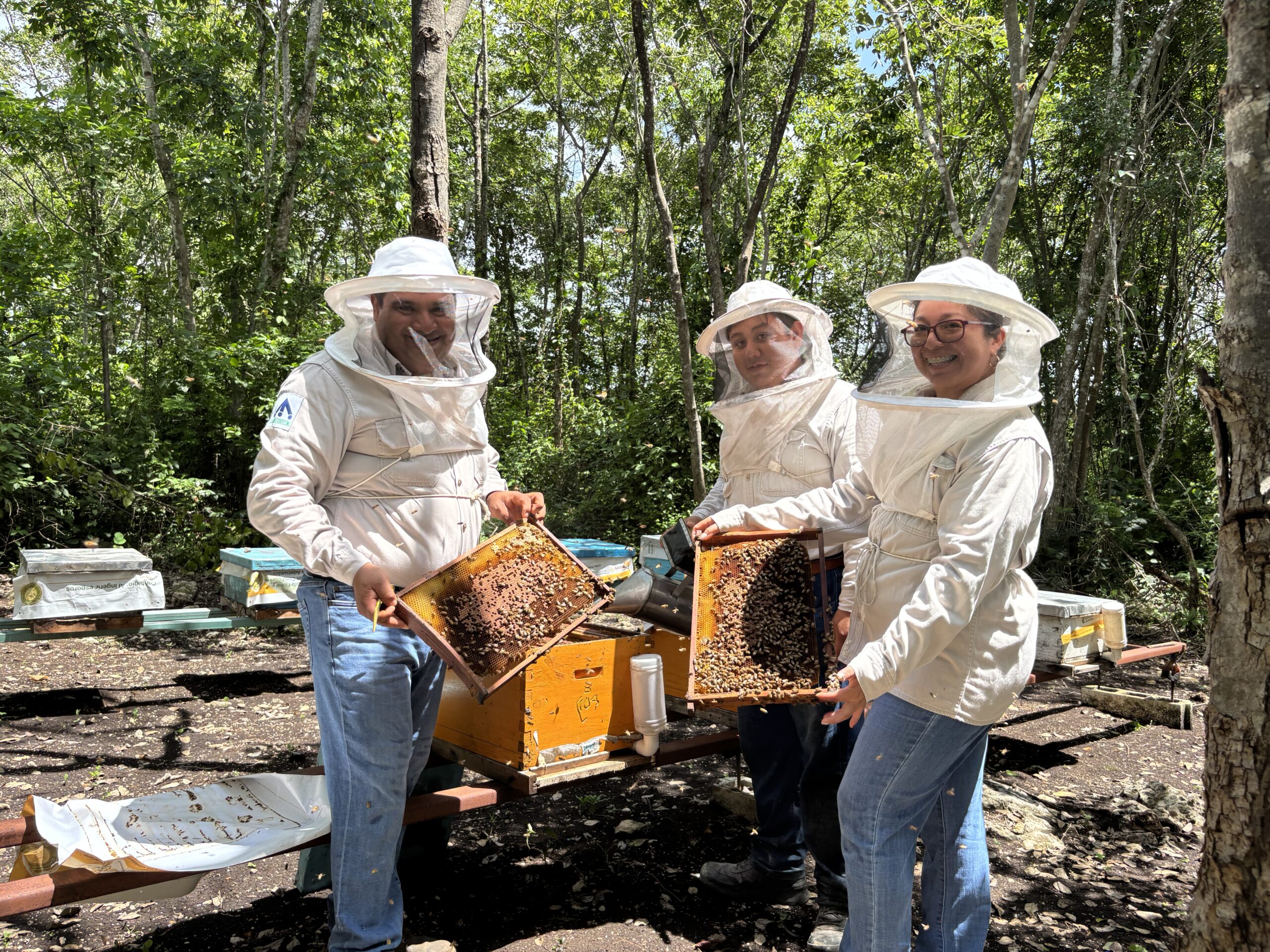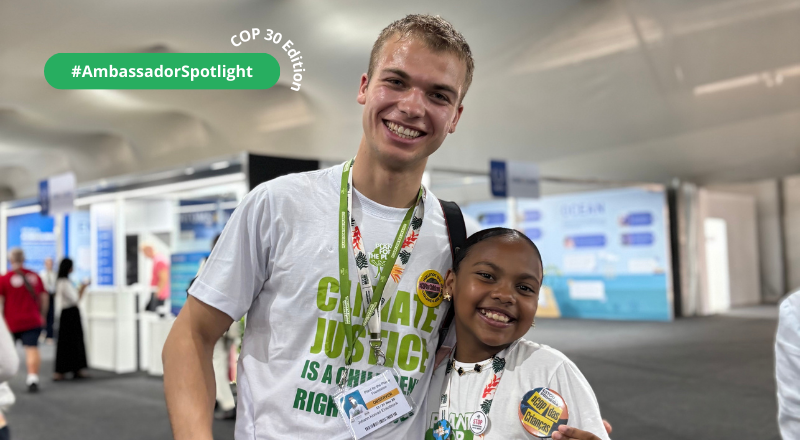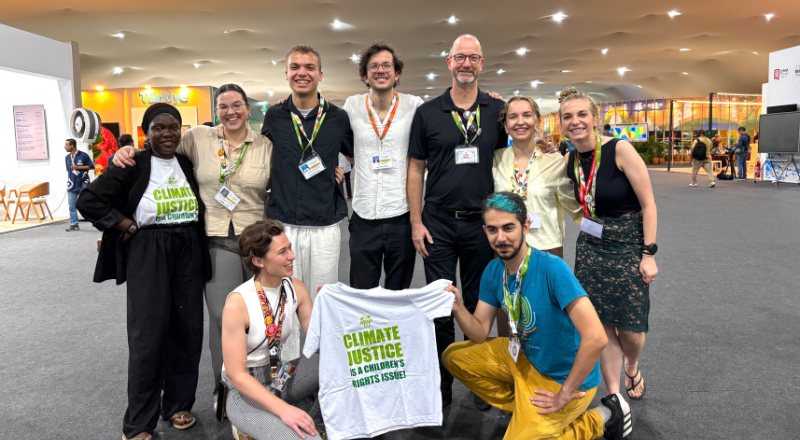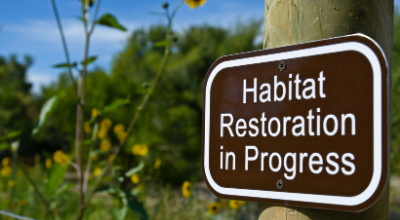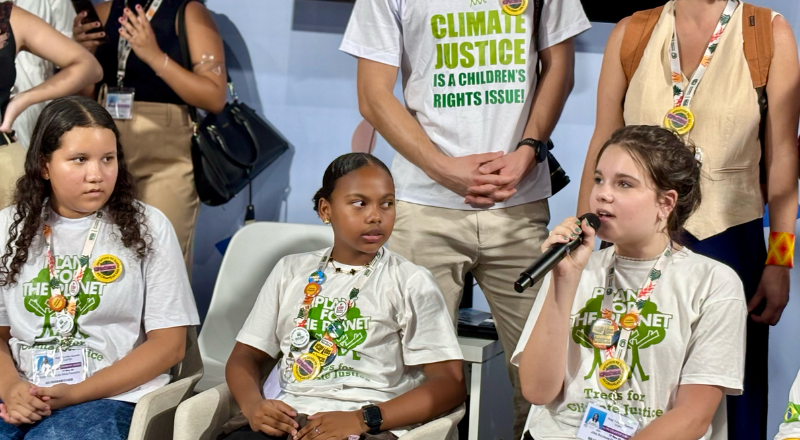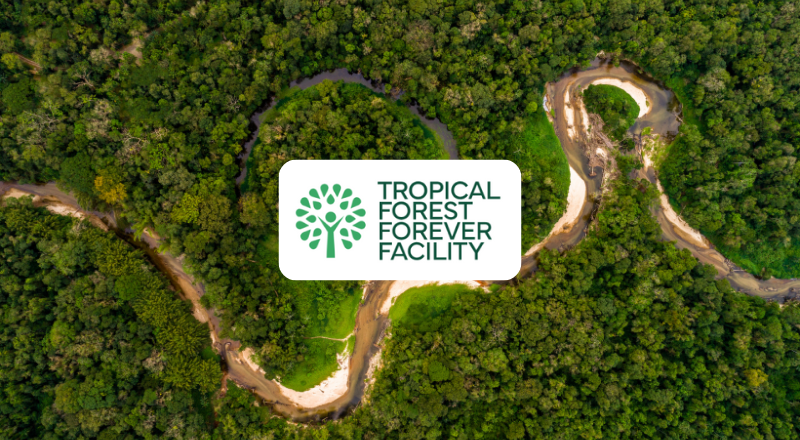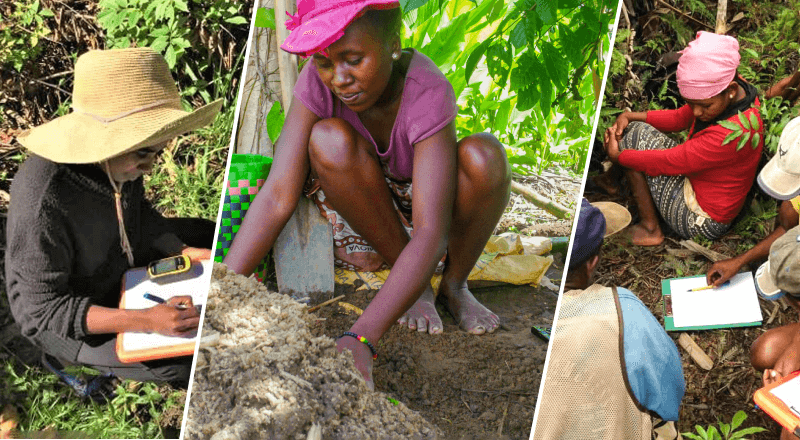
Growing trees is an incredibly complex process. From nursery to the first few years of growth, the trees need the best possible care to increase their chances of survival. What about combining these with a data-driven approach and excellent ecological expertise?
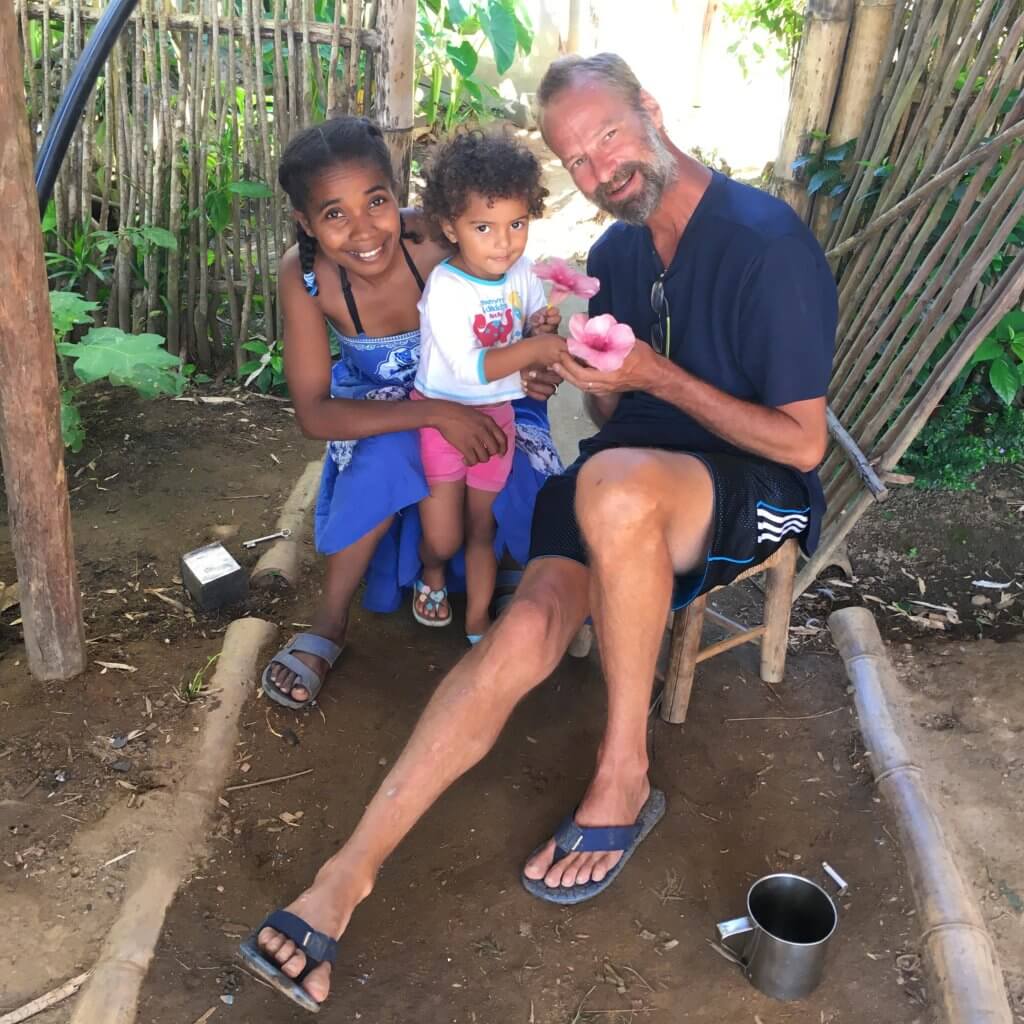
We spoke to Matt Hill (American) and Catherine Hill (Malagasy) founders of Green Again Madagascar inspired after witnessing the devastation of rainforests in Madagascar. Together with their 3-year-old, Nirina Gladys, they live in Tamatave on the Eastern coast of Madagascar. They spoke to us about their work with Green Again and how their investment in data and people is yielding great results in the restoration efforts in Madagascar.
About Green Again, its two key principles and recruiting without University degrees
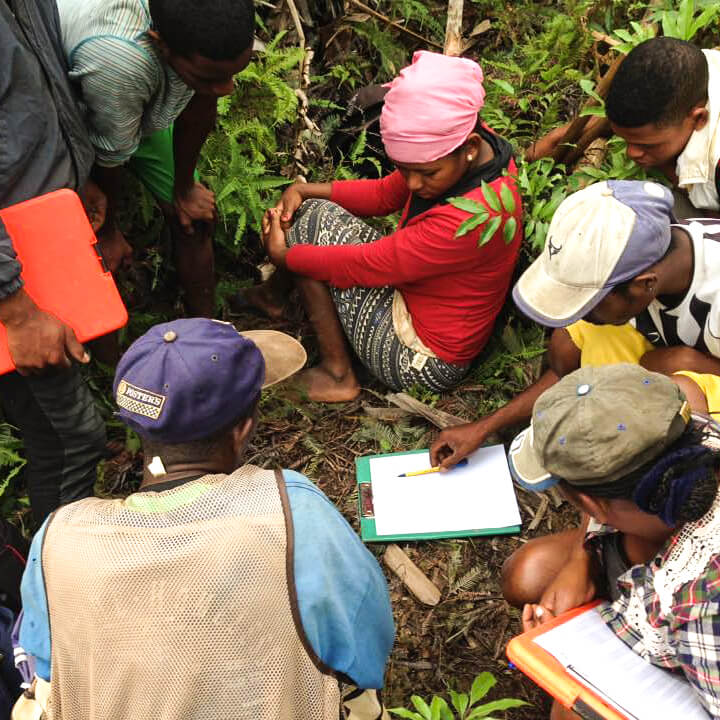
Green Again is a restoration NGO driven by data and run and staffed by Malagasy farmers. First and foremost, we are all working farmers who grow our own food and simultaneously practice hardcore science and ecology. Together with our staff and partners, we have an aligned interest in learning ecology as a means of restoring the rainforest in Eastern Madagascar.
Green Again Madagascar works according to two guiding principles:
We don’t plant trees, we GROW trees. In the last seven years, we have developed a smarter method of tree planting that leads to very high rates of survival. Our method is built around our five-year extended care program. Each tree planted by Green Again is cared for over a full five-year period including at least 18 months in the nursery and over 3 years of care after planting. This sets Green Again apart and ensures higher survival rates. Our tree survival is over 70%, compared to 30%-35% survival of trees without extended care. We spend this time and attention so that restoration in Eastern Madagascar happens faster and more efficiently.
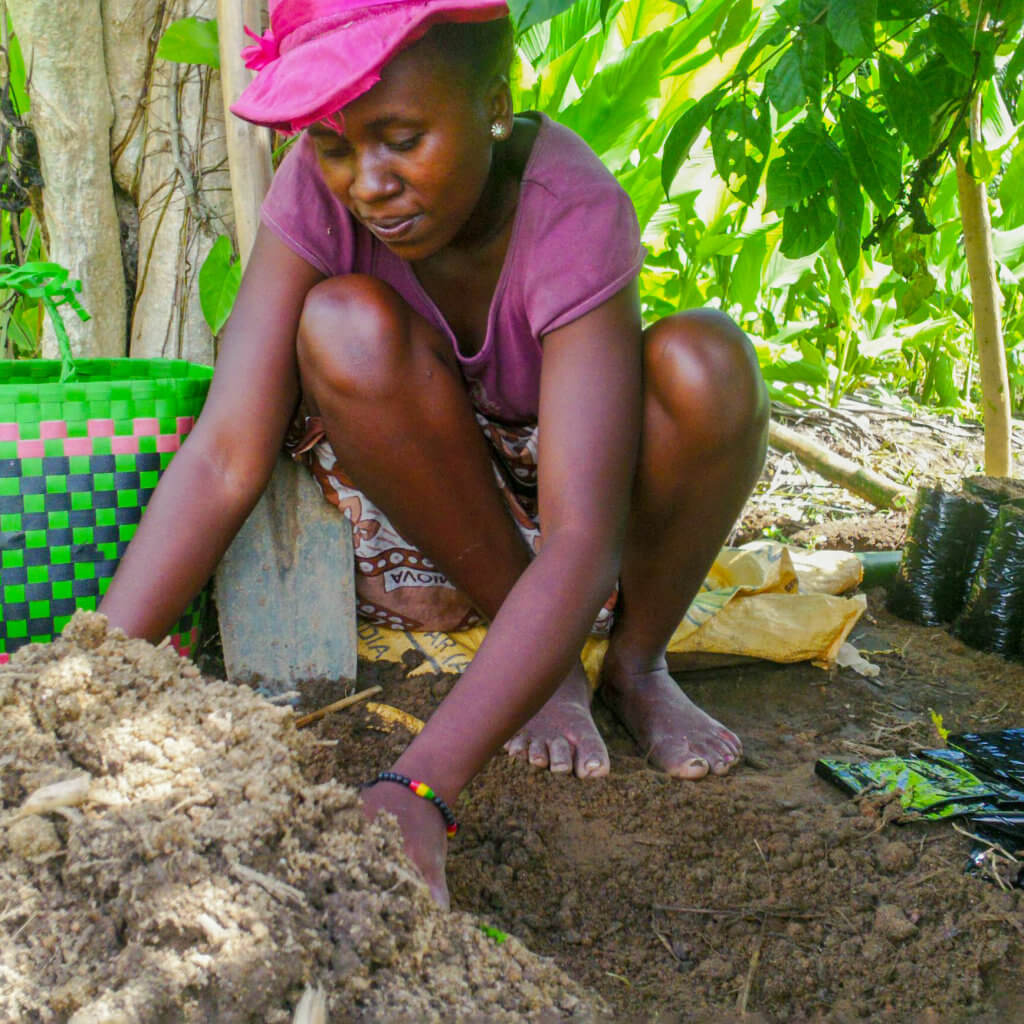
It’s not about the trees, it’s about the people. Green Again’s first priority is the people in the villages where we work. When we first proposed a restoration project, we were told that it could not be done with local Malagasy farmers because they are rarely educated beyond 10 years of age. We were determined to prove this theory wrong, and instead built the organization to bring education and opportunity to Malagasy farmers and communities.
Our Eco-School, where we train our employees to plant and collect data, starts at the very beginning: literacy. We teach farmers the alphabet, the numbers, how to use computers, GPS units, and data entry. They go through several levels of education and testing, earning a raise each time they move up. When they finish, they not only have more money in their pocket for their families, they have learned skills that benefit the whole community. We don’t ask prospective candidates for a University degree in ecology, or even that they can read and write. Rather we ask that they have experience growing food and plants.
With these qualifications, Green Again creates a talented team of farmers who practice ecology, rather than bringing in ecologists from the outside. This is a new model in the NGO world and one that we are having increasing success with. Our trees have higher survival rates compared to others because our captains have been farming their whole life in the region to provide for themselves and their families. They are good at it because they have to be.
Green Again is dedicated to employing single moms. With their kids in school, single moms are given priority in the seedling nursery. They aerate the plants, pull the weeds, and keep snails away. We also hire orphans to help in the nursery after school giving them pocket money for shoes or necessities. Being an orphan in Madagascar is without question devastating, so we make them a priority and try to support those in the village. We invest in our staff because we see secondary benefits everywhere.
Tackling forest fires and introducing data-intensive ecology
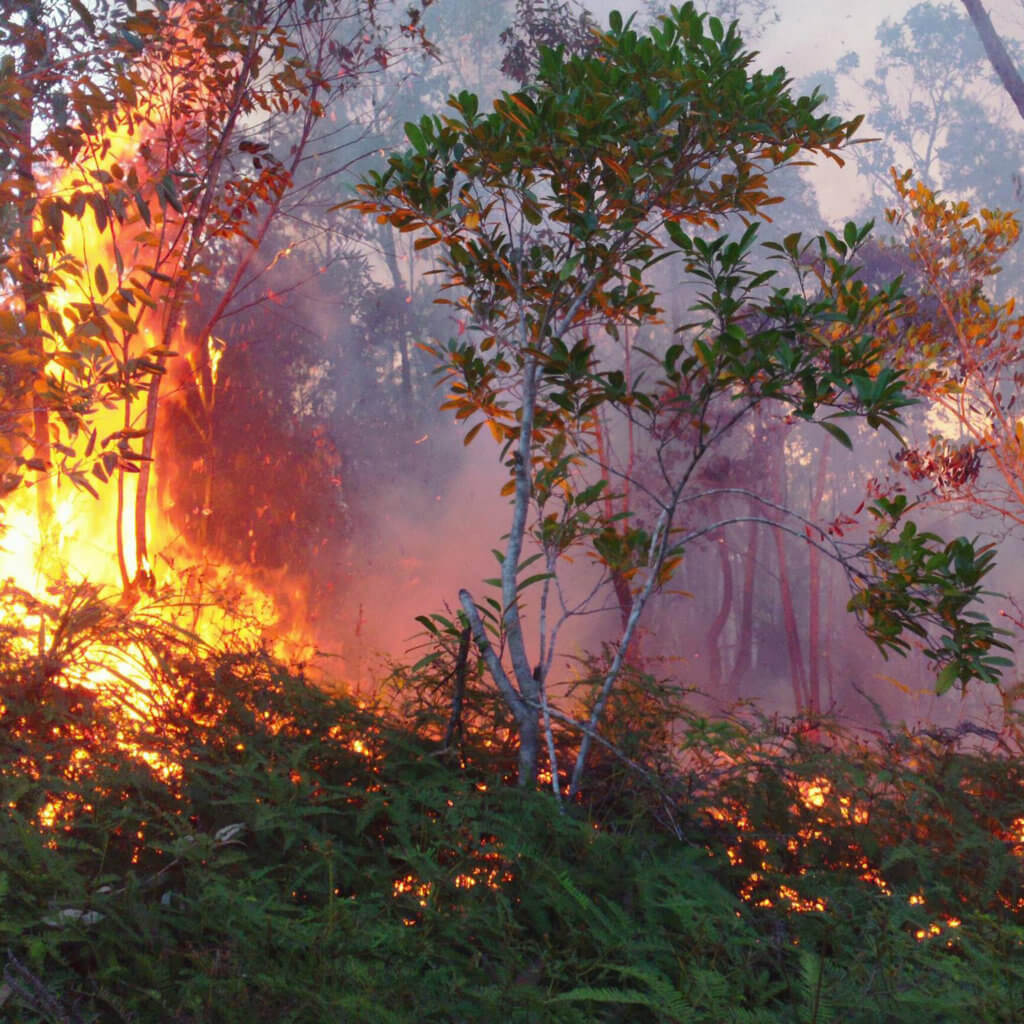
Forest fires:
Our main challenge is fire, especially fires caused by Tavy, a Malagasy style slash and burn agriculture, which unfortunately depletes the soil and destroys the animal habitats. The fires often grow out of control and hurt adjacent forests. We understand that is a necessary practice for Malagasy farmers trying to feed their families, so we ask ourselves, how can we make it less damaging? We are currently researching which species best survive fires so that future plantings are optimized with fire retardant trees. Intsia Bijuga is a species that is incredibly fire retardant, so it is often planted around the perimeter of our plantings.
Unfortunately, forest fires are often followed by an invasion of non-native ferns. These fast-growing ferns invade the land and compete with trees for nutrients and space. We are experimenting to find the best methods of removing the ferns and other weeds so that trees can grow unobstructed.
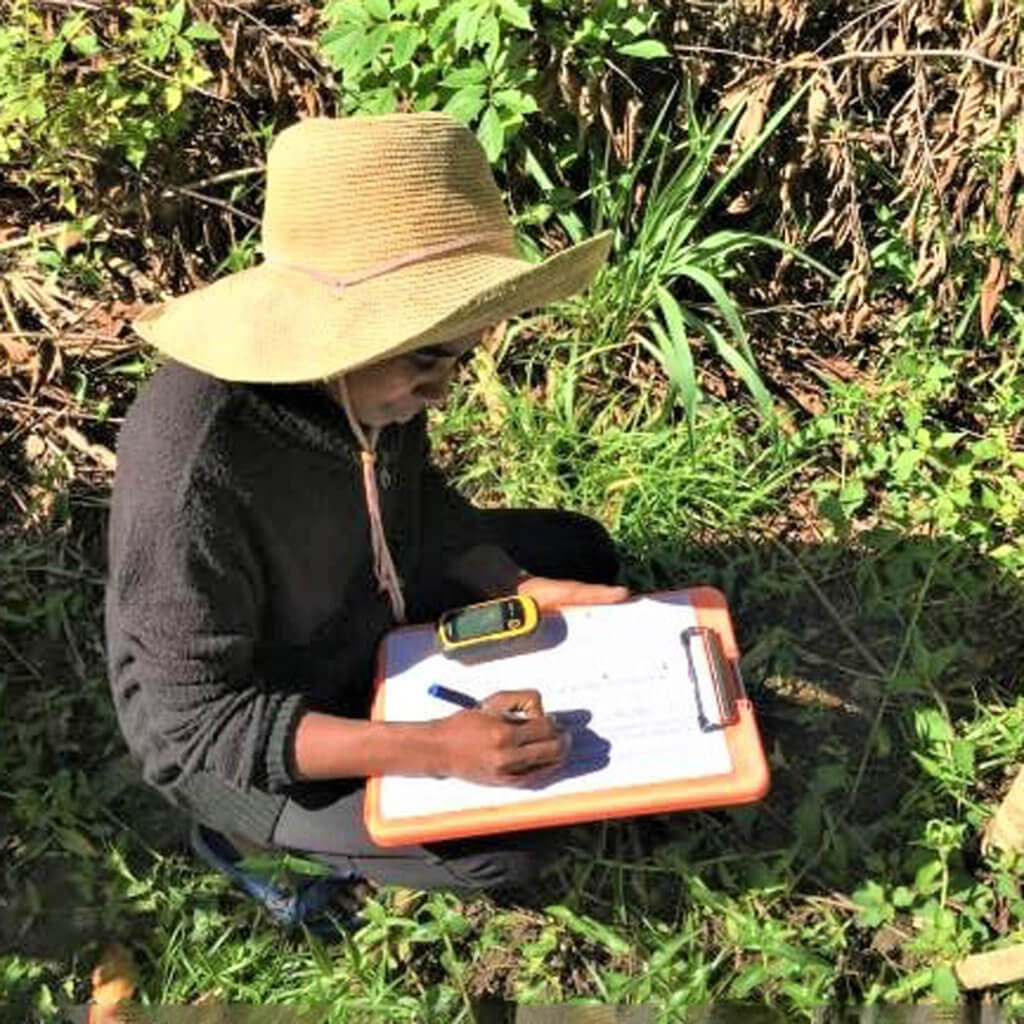
Data-intensive ecology:
Because Matt is a self-described data-nerd, he has developed a method of tree planting that relies heavily on data and analysis and custom software. The more data we have, the higher our tree survival rates climb, and the faster we can reforest the Eastern Madagascar rainforest. However, to perform our “data-intensive ecology” that ensures higher rates of tree survival, our staff must be able to measure, record, report, use a GPS and enter collected data into an Excel spreadsheet. So first things first. We started a program that trains our future employees to be data collectors, most of whom are illiterate at the start.
Planting design and experiment installation are complicated concepts and must be taught from Malagasy to Malagasy in their native language. Training the employees is a slow process, massive time commitment, and expense using half of Green Again’s annual budget. Obviously, it’s the best option as it brings jobs and ownership of the restoration to the village. After five years of training, employees reach a level of data entry and can use Excel to track tree measurements and cycles. So far 30 employees have reached this level (Day to day, they are incentivized in daily work with beers or colas at the end of the day to add a little fun.) “University of the Trees” as our Eco-School is lovingly called, is changing the employment landscape in our area.
Discovering the Plant-for-the-Planet Platform
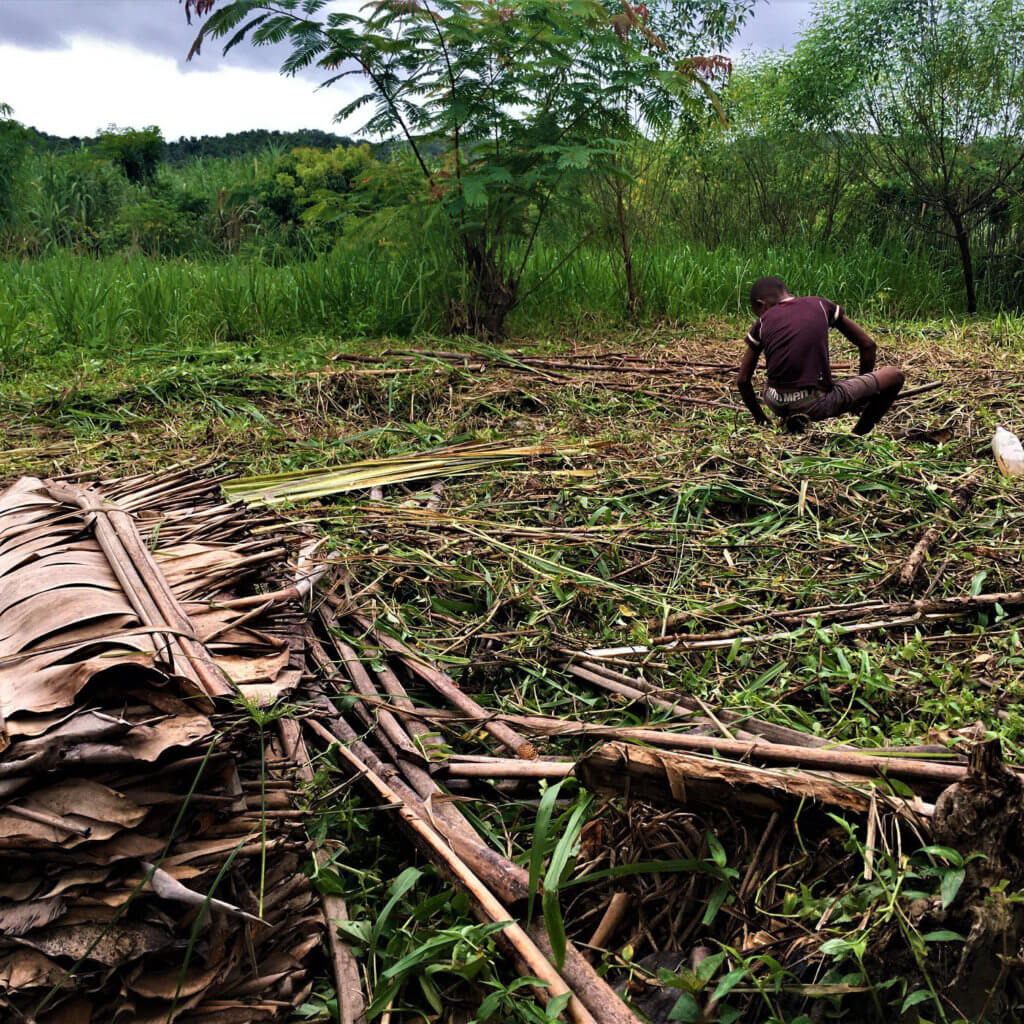
Green Again is a small NGO with a small budget and volunteer administrative staff. Plant-for-the Planet has given us unparalleled exposure and connects us directly to the individual or group who wants to plant trees with the highest survival rates. Plant-for-the-Planet will bolster our programs and speed up success for Madagascar. We couldn’t be more excited to join forces in the pursuit of rainforest restoration.
At Green Again, we are incredibly pleased with the success of the Trillion Tree Campaign. We have been surprised by how quickly donors have given to Green Again on this platform and can only hope that more people interested in the climate, ecology, and Madagascar can find us and other worthy organizations.
Processes that follow after you have just donated
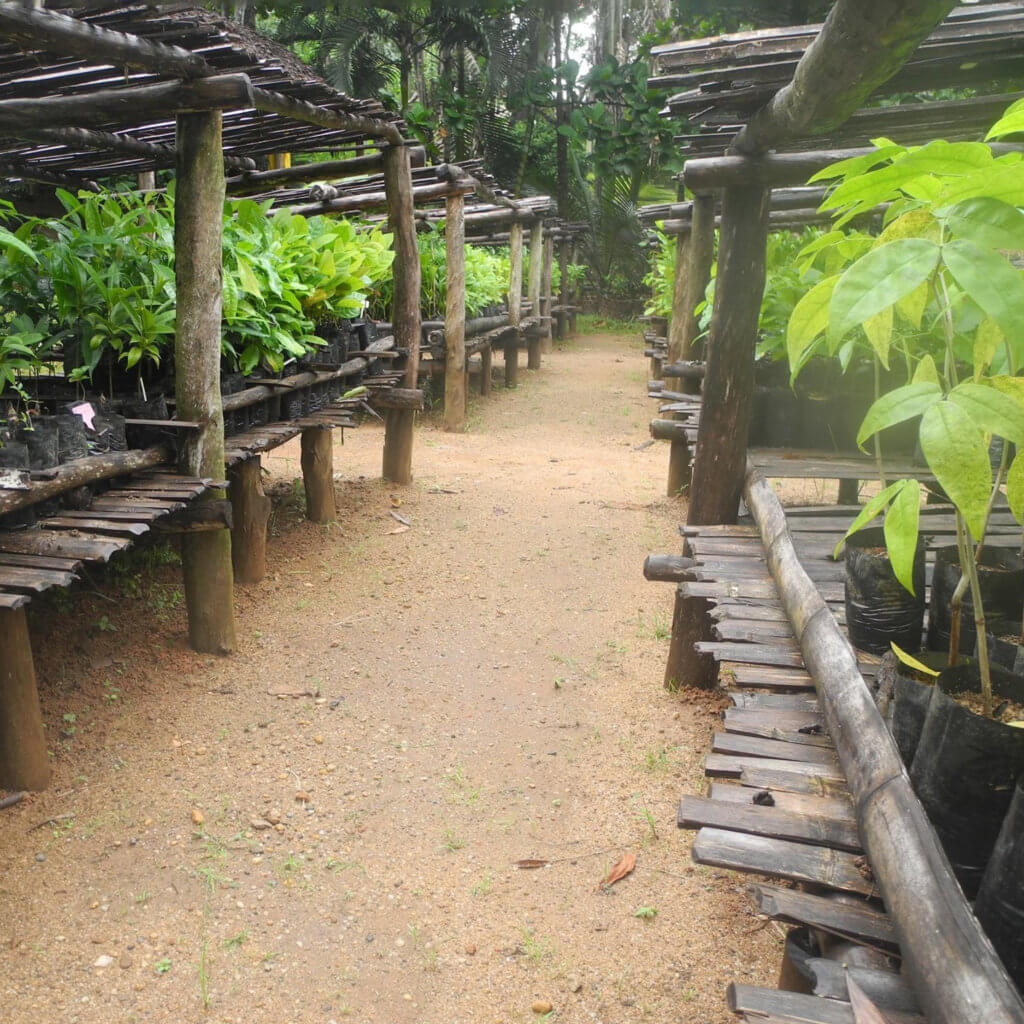
After receiving funding for tree planting, we assign those funds to an installation or a plot of land in need of restoration. We find these plots through partnerships with landowners. Local landowners understand how the value of their land will increase if they work with us to restore native trees and plants to the landscape.
From that point, we design the installation and ask ourselves which species are best suited for this land? How many seedlings will fit into the plot? Which team will care for these trees over the five-year period? Who will record all the data? Does past data inform this planting? We collect appropriate seedlings from the forest floor and report them to the nursery. Our crew of farmers manages the nurseries where we grow 87 different species native to Eastern Madagascar. For 18 months seedlings are cared for, watered and aerated, until they are strong enough to leave the nursery for planting.
On planting day, our crews must do the back-breaking work of clearing the land by hand with machetes. We plant each tree on the cleared land and record the GPS position, height, and width of every tree. Our extended care program entails a minimum of three years of similar follow-up data collection for each tree. After three years of extended care, our trees have reached six feet in height and are strong enough to survive on their own. We take things slowly to get the science right and make sure our trees are primed for survival.
Reference forest, functional traits, and locally sourced species
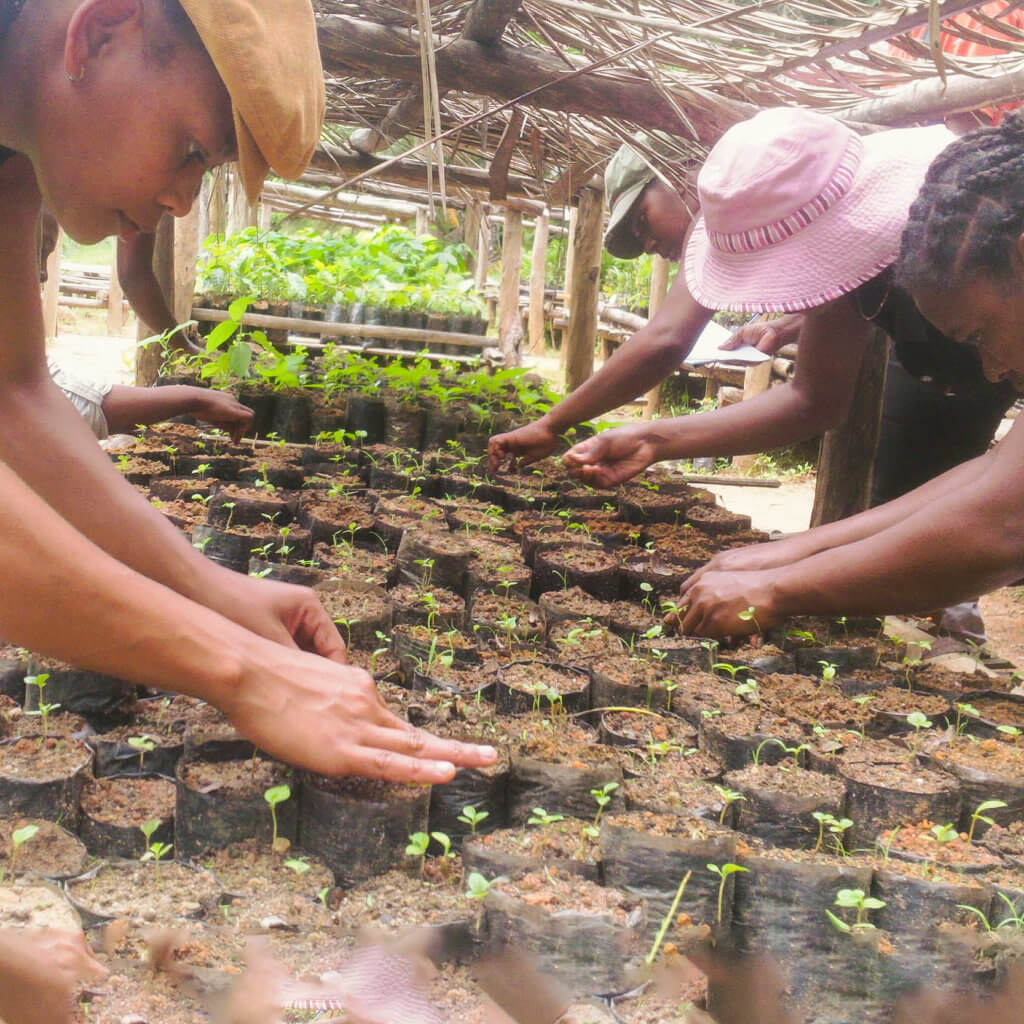
Selecting species for planting is an incredibly complicated process and must be undertaken in a very scientific manner. Green Again is fortunate to have some of the best ecologists in the world on our board to guide us through this process. They are dedicating their time and incredible knowledge to help us get the science more and more accurate with every planting. To select species, we consider three components.
Once we identify a plot of land, we must first find a reference forest. Because we don’t “know” what any forest could have looked like before its destruction, we must find this reference forest to guide us. We replicate the species selection of this nearby thriving forest to give our trees the best chance of survival. This forest must be as close to the new plot of land as possible to keep conditions consistent. If species are thriving nearby, they will likely thrive on the new plot of land. For Green Again, reference forests must be within walking distance of the new planting, ideally a 2-hour walk or less. If we see a tree that is 180 years old not far from our new planting, we know that its seedlings will have a good chance of survival.
The second necessary consideration as we select species is functional traits. The way different species combine and work together allows the forest to function, survive and thrive. Certain plants have certain roles within a forest (decomposition, protection from the elements, etc.) and we need to make sure that each role is carried out. We must carefully select different species to work together so that the ecosystem can thrive.
Thirdly, we never buy our seedlings; they are locally sourced. We harvest wildlings from the healthy nearby forest. Wildlings are seedlings that are not cultivated in a nursery but instead have sprouted in the forest at the base of adult trees. Usually, they are eaten by insects and don’t survive, so we gather a portion of them to take to the nursery. By gathering these wildlings, we are able to shave 9 months off of nursery work. It’s nine months and we don’t have to wait for seeds to sprout. This micro-localized seed sourcing, means our wildlings are found within walking distance from our new planting. This proximity is important. We know that all seeds are not the same even if they are the same species. They evolve differently to exist in different locations, so seeds must come from nearby areas to ensure higher survival rates.
We see ourselves as forest paramedics or EMTs. We need to use the right tools to stabilize the forest and get it breathing again. If we choose the correct reference forest and the right functional traits, using locally sourced seeds, nature can take over from there, doing what she does best, and we can see true restoration.
Why you should keep donating or start now
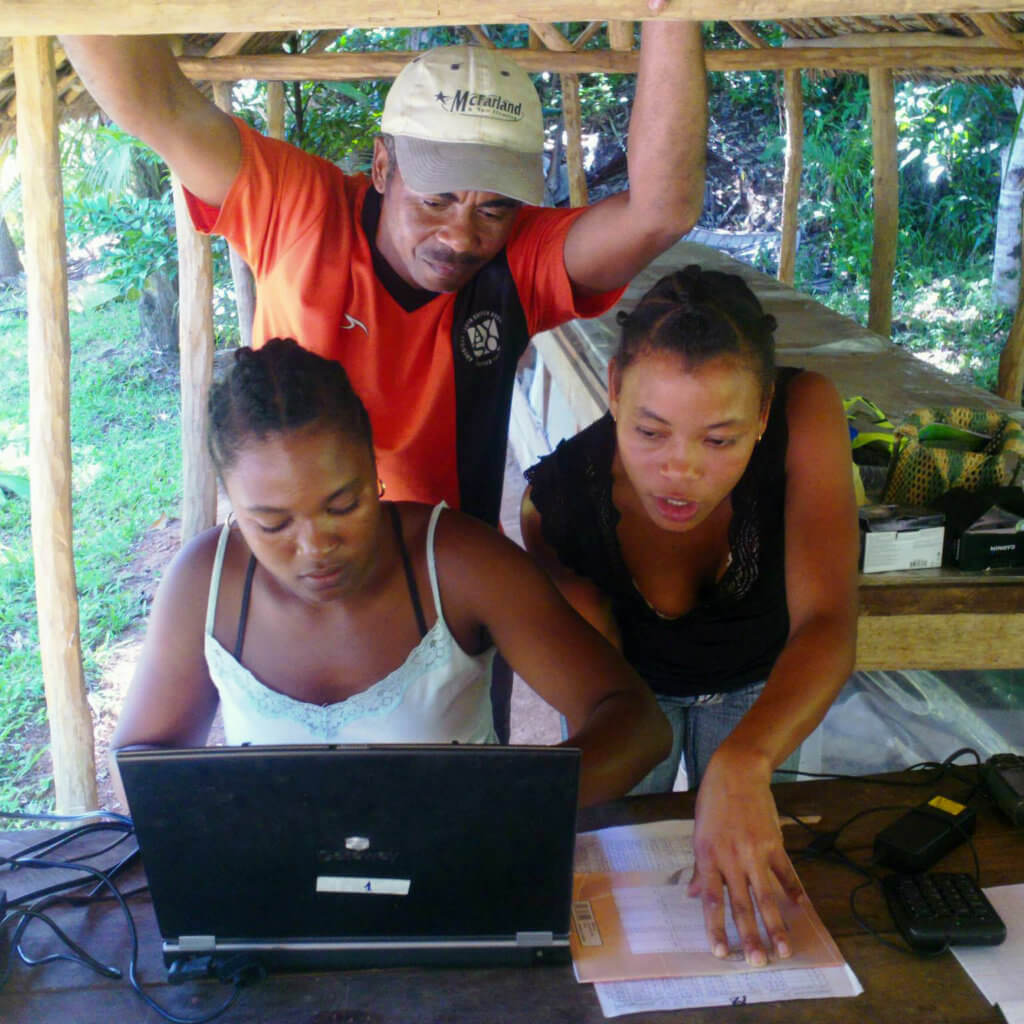
At Green Again, one tree planting costs EUR 3.12. This small amount covers the cost of 5 years of extended care for a single plant. The best part is that some amount of that fee goes to pay the incredible Malagasy farmers who are doing this intense work in our nurseries and remote planting installations. A portion of each donation strengthens farming families and communities.
If you are looking for a way to support restoration in one of the world’s most biodiverse countries, check out our proven ecology practices. Our team of dedicated men and women have you covered.
We will ensure the trees you sponsor are well cared for and primed for surviving the many phases of restoration. Please be a part of this successful scientific and data-driven program as a Green Again member.
Visit Green Again to learn more.
